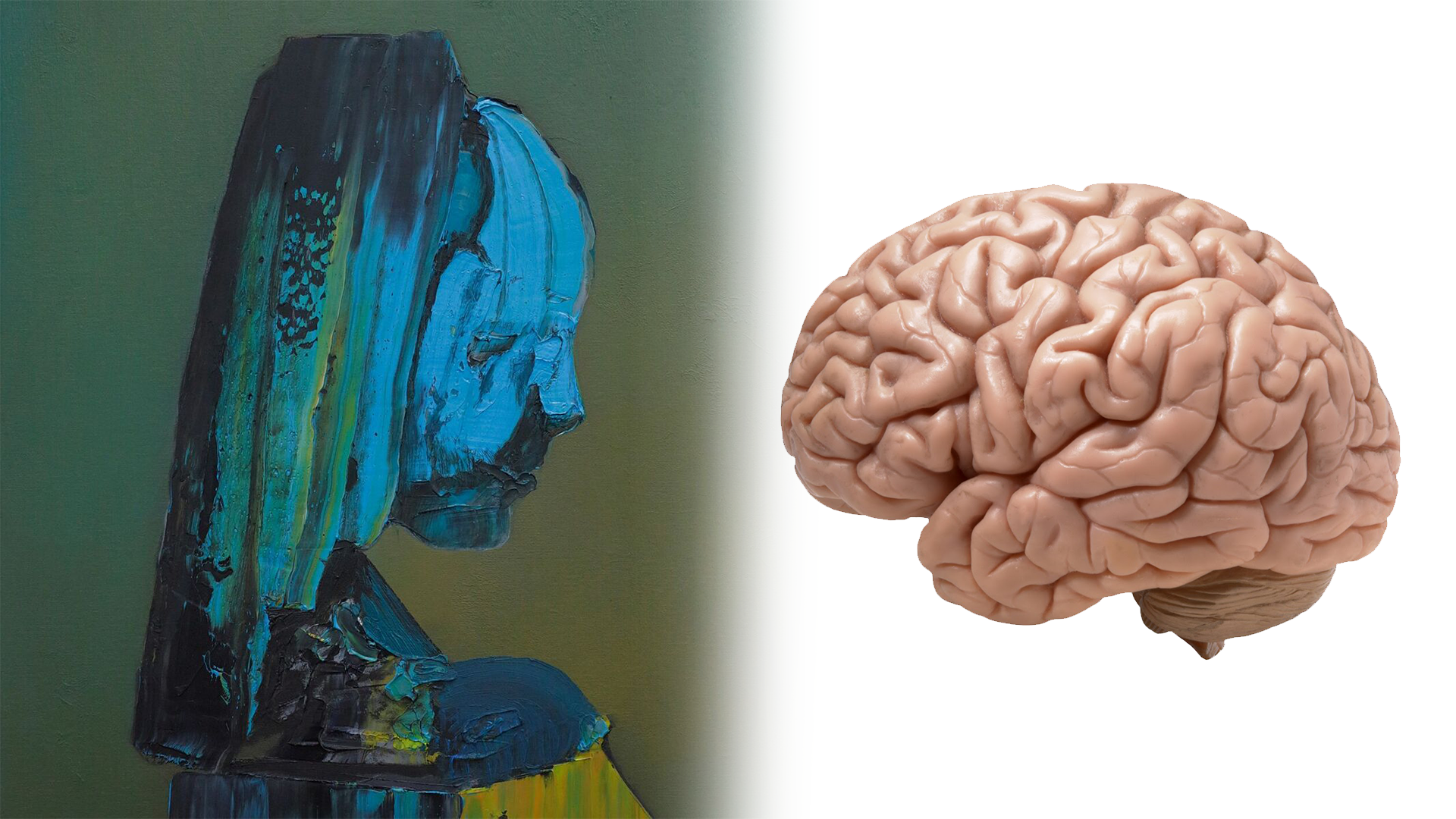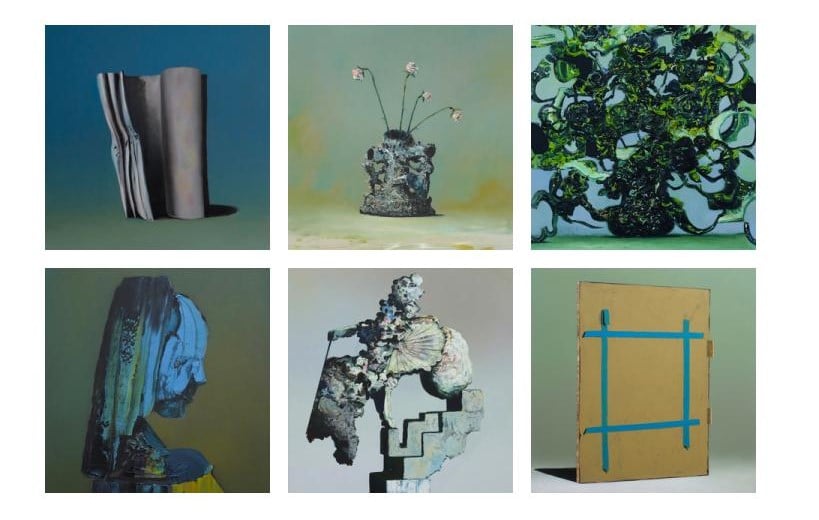
If you have a loved one experiencing dementia, Idaho State University’s Continuing Education and Workforce Training is offering courses targeted on gaining a greater understanding of the symptoms and behaviors of dementia.
“After taking this course, people will have tools in their toolbox to effectively handle some of the behaviors their loved one displays,” Joanne Trammel, occupational therapist and one of the course’s instructors, said. “They will have resources for immediate help in crisis situations, support groups, etc. They will walk away knowing that having dementia does not have to be a stigma or something to be ashamed of but rather a challenge to overcome and now they have ways to handle the challenge better.”
There are three upcoming sections: Dementia Behaviors and Dementia Essentials.
On Feb. 17, Section 1 - Dementia Basics will provide attendees a broad overview of dementia and warning signs.
On March 13, Section 2 - Dementia Behaviors will dive more deeply into the stages of dementia and the difficult behaviors that may accompany them. Attendees will come away with strategies for how to deal with these behaviors and provide meaningful activities for their loved ones.
On April 14, Section 3 - Dementia Essentials will provide attendees with information for support to include caregiver support, legal support, community support and available resources.
To register for Demystifying Dementia Behaviors, or for additional information, visit the course description here.
Twentieth century painter and co-founder of the cubism movement alongside Picasso, Georges Braques stated that “in art there is only one thing that counts: the bit that cannot be explained.” Unlike science and math, which also try to explain the unknown, art is unique in that it can explain what we don’t know by having us experience and feel the unknown.
English electronic musician Leyland Kirby, working under the moniker ‘The Caretaker’, has been attempting to portray something unknown to a normal-functioning brain. Through his music, he attempts to have the listener empathize with those experiencing dementia and facing memory loss. Released over a three-year span, The Caretaker’s most impressive feat thus far is a six-and-a-half-hour long audio experience, “Everywhere at the End of Time.”
 Album art for Stages 1-6 of "Everywhere at the End of Time"
Album art for Stages 1-6 of "Everywhere at the End of Time"
Spread over six albums, this project aims to depict different stages of dementia, utilizing 30’s ballroom music as a representation of memories. As time progresses, memories become less clear and blur together into a confusing entanglement of sound, before everything fades away.
At the beginning of this long journey, the songs are clear and tangible, what you would expect to hear when listening to music. However, the audio clues you in that something is wrong-- record fuzz and scratches bathe everything in nostalgia, and at times songs stop abruptly. These first two albums reflect the first 3 stages of dementia: the first signs of memory loss, the self-realization of memory loss, and clinging onto memories so that they can be more long form, but the quality of these memories begins to deteriorate.
As the third album progresses, similar to the record becoming further distorted, and the songs stretch out and break. Violins ache, trumpets are dulled and echo into nothingness. The strongest memories are still present, but the musical flow in places is more confused and tangled. Through time, singular memories become more disturbed, isolated, broken, and distant.
The following albums describe the “post-awareness stages” of dementia, as noted by The Caretaker. Music loses meaning, lost in a wall of confusion, which gives away to brief moments of bliss. The fourth album is “the beginning of an eventual process where all memories begin to become more fluid through entanglements, repetition, and rupture”, as described by The Caretaker.
The final two albums hardly count as music. As the final stages of dementia set in, the listener becomes absorbed in the anxiety and confusion, unable to process anything due to the assault of sound, impossible to decipher what they are listening to. The listener forgets things they heard minutes or even moments ago.
By the final album, which is “without description” according to The Caretaker, nothing but echo remains. The last few minutes of the album, the last tangible memories the listener is able to recall, are gut-wrenching.
“Everywhere at the End of Time” is a harrowing, moving, and emotional piece of art that helps the listener better empathize with loved ones dealing with dementia. The long play time is daunting, but forces the listener to become fully encompassed in the feelings of loss, confusion, anxiety, and isolation this disease can cause.
This portrayal of memory loss through music helps the listener better understand what dementia might feel like for those suffering from memory loss.
If you have any additional questions, visit cetrain.isu.edu or call us at (208) 282-3372.

-1.png)
